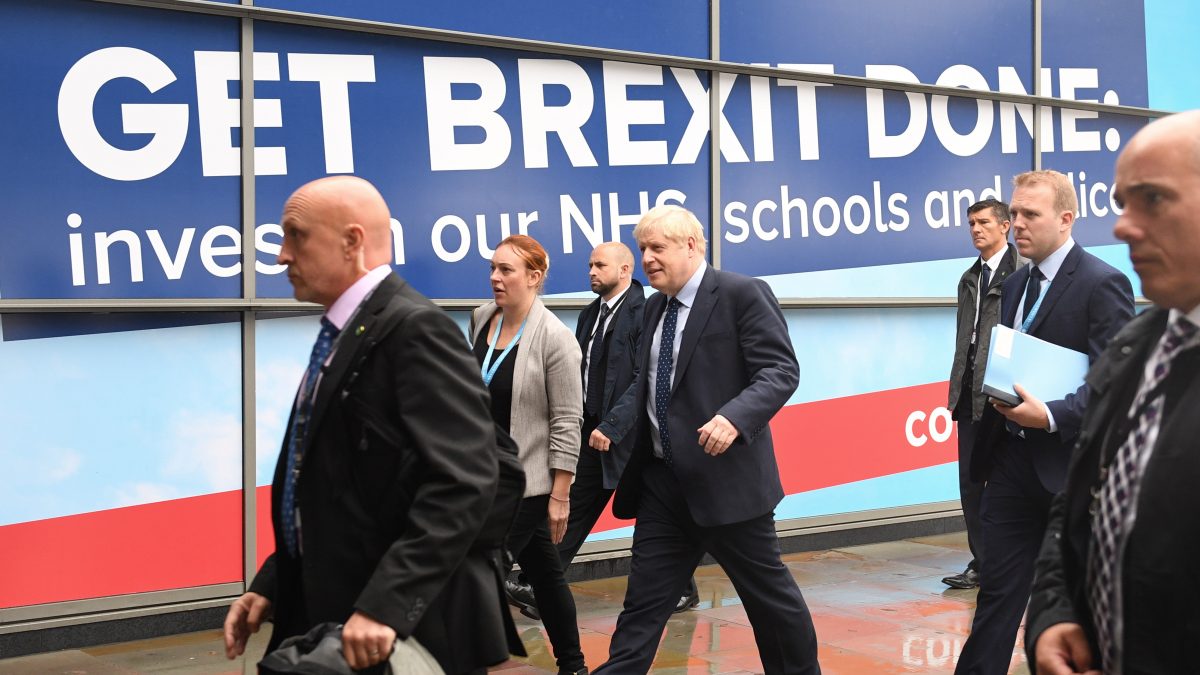
A new analysis by the School Cuts coalition calculates that most schools in England (more than 80%) will have less funding per pupil in real terms in 2020 compared to 2015.
Boris Johnson announced plans last month to invest an extra £7.1 billion in schools in England over the next three years (up to 2022/23).
This includes increasing the core schools budget by £2.6 billion in 2020/21 and is a much-repeated claim in Conservative Party adverts that have proliferated since Boris Johnson became Prime Minister.
But the coalition’s analysis says that there will still be a shortfall of £2.5 billion next year.
This ties in with recent findings by the Institute for Fiscal Studies (IFS) which found the pledge to boost school coffers will reverse some recent Tory budget cuts, but leave schools where they were 13 years ago.
The IFS said that taking into account inflation, Johnson’s pledge does not quite reverse the cuts in schools budgets seen since 2009/10, returning funding to 2009/10 levels.
However, this means that schools have had a 13-year real-terms freeze on their budgets – an unprecedented period without growth, the IFS said.
Luke Sibieta, IFS research fellow and report co-author, said: “No change over a 13-year period is still a very big squeeze on schools.
“If you’d have told schools that in 13 years’ time, they would be getting exactly the same level of funding, they would naturally be quite concerned.”
The new analysis by the Schools Cut confirms the findings of the respected financial think tank.
It goes on to say: “School costs are estimated at 2.9% for next year which is significantly higher than the minimum funding increase of 1.84%, so roughly a third of schools will have to make further cuts next year.
“At the moment, 91% of schools have real terms cuts compared with 2015. This will go down to about 80% in April.”
Geoff Barton, general secretary of the Association of School and College Leaders (ASCL), said: “After years of denying that there is a school funding crisis the Government has finally done the right thing by investing desperately needed extra money into our beleaguered education system.
“But analysis by the School Cuts coalition shows the additional funding is not enough to repair the damage that has been done to our schools and colleges and that further investment is required. We are not being churlish, we are just stating the facts.
“The funding crisis is not over.”
Kevin Courtney, joint general secretary of the National Education Union (NEU), said: “Prime Minister Johnson has made lots of empty promises on school funding – but his numbers don’t add up.
“The latest funding announcement falls well short of settling the shortfall for every child. And crucially it fails to reverse the cuts schools have suffered since 2015.
“It’s unthinkable that our schools have to go on like this – losing support staff, shedding subjects and cutting back on basic maintenance just to balance the books.”
The Government has said promised extra cash for schools over the next three years fulfils Prime Minister Boris Johnson’s commitment to boost spending and schools that have been underfunded will get the biggest increases.
The move came after years of lobbying by heads and teachers for more cash.
A Department for Education spokesperson said:
“This Government has announced the biggest funding boost for schools in a decade which will give every school more money for every child. We are investing a total of £14bn more in schools over the next three years to 2022-23.
“This means all secondary schools will receive a minimum of at least £5,000 per pupil next year while all primary schools will get a minimum of at least £4,000 from 2021-22 – with the biggest increases going to the schools that need it most. The IFS has said that this investment will restore schools’ funding to previous levels in real terms per pupil by 2022-23.”
The School Cuts coalition is made up of six education staff unions – ASCL, NEU, The National Association of Head Teachers (NAHT), GMB, Unison and Unite.
Shocking research last month uncovered that in 2018, almost two in five of the most disadvantaged students achieved below a grade 4 in maths or English language.
Teenagers from the poorest areas are at risk of being held back from success in life because they are significantly more likely to score low grades in their GCSEs, a charity has warned.
The Teach First charity’s analysis of Government figures shows that last year, 38% of young people from the poorest areas of England achieved a grade 3 or below – including a U – in their maths GCSE, compared to 20% of those from the richest areas.
In July, the Education Policy Institute (EPI) revealed the GCSE attainment gap between poorer and richer children is actually widening now and will take more than 500 years at the current rate for the gap to close for secondary school pupils.
Poor teenagers are 18 months behind their wealthier peers in their GCSEs as progress in closing the divide has come to a standstill, according the EPI annual report showed.
It also found that disadvantage gaps are larger and growing in parts of northern England.